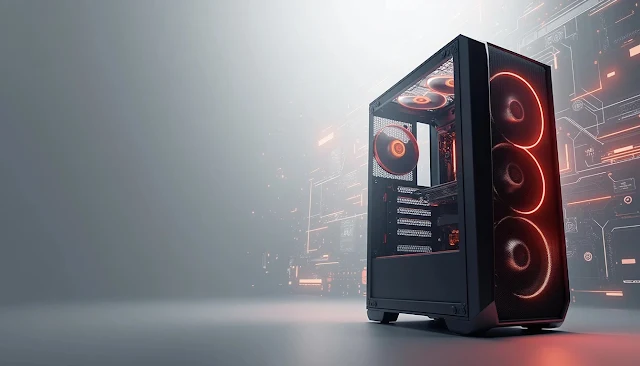Intel's Nova Lake: A Deep Dive into the Preliminary Desktop Specs
Friday, February 07, 2025Intel's Nova Lake: A Deep Dive into the Preliminary Desktop Specs
Intel has long been a dominant force in the realm of CPU architecture, and with the whispers of their upcoming "Nova Lake" architecture, the tech community is buzzing with anticipation. Here's a closer look at what the preliminary desktop specs of Intel's Nova Lake, with a staggering 52 cores configuration, might entail.
Overview of Nova Lake
The Nova Lake architecture is slated to be Intel's next significant leap forward, expected to hit the market around late 2026 or early 2027. This architecture aims to push the boundaries of performance, efficiency, and core count.
Core Configuration: 52 Cores
-
16 Performance (P) Cores: These cores are designed for high-performance computing tasks where speed is crucial. They're optimized for single-threaded performance, making them ideal for gaming, video editing, and other CPU-intensive tasks.
-
32 Efficiency (E) Cores: These cores focus on power efficiency, handling background tasks, and less demanding operations. They are perfect for multitasking, running applications in the background, or performing lighter computational workloads.
-
4 Low Power (LP) Cores: A newer addition to Intel's core lineup, these cores are dedicated to tasks that require minimal power, enhancing the overall efficiency of the CPU by managing very light workloads like system maintenance or basic operations when the system is idle or under low load.
Manufacturing Process
Nova Lake CPUs are rumored to leverage either Intel's in-house 14A (1.4nm) process node or TSMC's 2nm process node, indicating a significant step towards smaller, more efficient semiconductor technology. This choice reflects Intel's strategic approach to maintain competitiveness, especially against AMD's advancements in chip technology.
Performance Expectations
-
Multi-Threaded Performance: With 52 cores, Nova Lake CPUs are expected to offer unparalleled multi-threaded performance, potentially dwarfing current high-end offerings in applications like video rendering, 3D modeling, and scientific simulations.
-
Gaming and Single-Thread Performance: While the increase in core count primarily benefits multi-threaded workloads, the 16 P-cores ensure that single-thread performance does not lag, maintaining or even improving gaming benchmarks compared to previous generations.
-
Energy Efficiency: The integration of E-cores and LP-cores aims to balance performance with power consumption, potentially offering better battery life in laptops or reduced power bills in desktop environments.
Cache and Memory
-
Cache: There's talk of Nova Lake CPUs featuring a substantial last-level cache (LLC), with some models possibly echoing AMD's 3D V-Cache approach, enhancing gaming and application load times.
-
Memory Support: Expect support for the latest DDR standards, possibly DDR6, if the timeline holds, ensuring the CPUs can leverage the fastest memory modules available for optimal performance.
Market Impact and Competition
With this core configuration, Intel is setting the stage for a direct confrontation with AMD's Ryzen processors, particularly those with 3D V-Cache technology. The move could rekindle intense competition in the desktop and enthusiast markets, where core counts and performance per watt are pivotal.
Final Thoughts
While these details are based on rumors and leaks, they paint a picture of Intel's ambition with Nova Lake. The architecture promises to not only push the envelope in terms of core count but also in efficiency and overall system performance. However, as with all speculative tech, the final product might differ, and only time will tell how these specs will translate into real-world performance. Intel's strategy here seems clear: to reclaim the high ground in CPU technology with a significant architectural leap.
Keep an eye on official announcements from Intel for confirmed specifications and release dates. Until then, the tech community will continue to speculate and eagerly await what could be one of the most exciting developments in CPU architecture in recent years.



